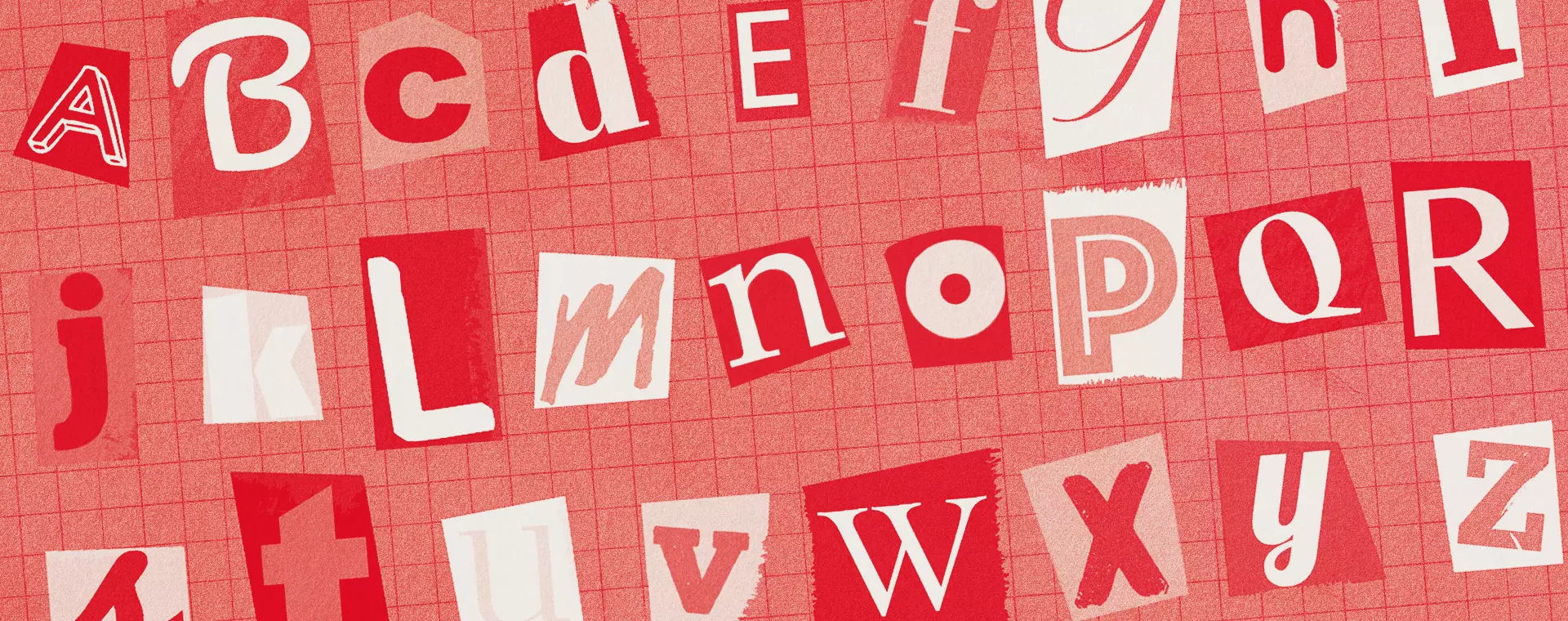Accessible marketing 101 (it’s easier than you think)
By: Sydney Bokla
August 27, 2025 | Reading Time: 5 mins
Over 78 million people in North America live with at least one disability. That’s nearly one in five people—a massive audience that many marketers unintentionally exclude. If your marketing isn’t accessible, you’re missing out on customers, damaging user experience, and potentially hurting your brand reputation. But accessibility isn’t only about disability, it’s about the wide range of ways people interact with the world. Think about it:
- When you brushed your teeth this morning, did you use an electric toothbrush? That technology was originally created for people with limited motor skills. Today, millions of people use it daily.
- Have you ever turned on captions for an Instagram Reel in a noisy coffee shop? Captions were designed for people who are deaf or hard of hearing, but now they make content easier for everyone to enjoy.
Accessibility benefits everyone. It helps people in all kinds of situations be it permanent, temporary, and even just everyday convenience. That’s why it’s not a “nice to have” in marketing. It’s essential.
Accessibility in digital marketing
Digital is where most marketers start thinking about accessibility and for good reason. From websites to social feeds, these are often the first touch points your audience has with your brand. Making them accessible means more people can connect with you. Let’s also not forget there are laws and accessibility standards governing web accessibility that have huge fines for non compliance.
Here are a few key areas to focus on to make your digital marketing more accessible:
Websites
Your website should work for everyone, regardless of ability. That means clear navigation, alternative text for images, and strong colour contrast. You can also check out the web content accessibility guidelines (WCAG 2.2) for guidelines specific to web content.
Checking all the boxes with accessible website design
Social media
Accessibility doesn’t stop at your site. Social posts should use alternative (alt) text, hashtags that are easy to read (#CamelCase), and clear visuals. Our social media accessibility guide covers practical steps you can use right away including considerations to keep in mind.
What marketers need to know about social media accessibility
Video
Video is a powerful channel, but only if people can engage with it. Captions, transcripts, and descriptive audio make content usable for more audiences. Adding captions to your videos is specifically great for a variety of situations including those in which folks cannot hear whether it’s due to impairment or not having headphones.
No more excuses—you need to add captions to your videos
Email marketing
Accessible email is often overlooked, but it matters. Simple layouts, strong colour contrast, and descriptive subject lines can make your messages easier to engage with. Mailchimp has a great resource on accessibility in email marketing.
Accessibility in digital marketing doesn’t have to be complicated. It’s about layering in small changes—from clearer text, to captions to alt tags—that make your content work better for everyone.
Accessibility in traditional marketing
The way you design print materials, events, and in-person experiences can make the difference between including people or unintentionally excluding them. Traditional marketing also takes a ton of investment to get things tangibly created in the real world. When putting in all that effort, ensuring you are thinking about accessibility helps with ROI on all that work.
Here are a few key areas to think about
Print materials
Unlike digital, you can’t quite zoom in. Use fonts that are easy to read, sizes appropriately, strong colour contrast, and layouts with enough white space. Even details like paper texture can impact readability for some audiences. Providing content in accessible formats broadens your reach and impact.
Booth and event design
At tradeshows or conferences, signage should be visible from a distance and easy to understand. Booth layouts should allow mobility access, and it helps to consider noise levels or provide quiet spaces where possible. You can check out Whimble’s Events Guide for tips on how to make your next event accessible.
Presentations and sales materials
Keep slides simple and uncluttered, pace your delivery clearly, and share alternative formats like printed handouts, recordings, or digital versions to meet different needs.
Language accessibility
Plain language makes your message easier to understand for everyone. Consider translations or multilingual options to expand reach and ensure cultural accessibility.
The business case for accessible marketing
If doing the right thing isn’t reason enough, accessible marketing delivers measurable business value. Here’s why it belongs at the core of your strategy.
Broader reach
When your content works for people with disabilities, you also make it easier for everyone else to understand or use your product. Accessible marketing ensures no audience is left behind. By designing campaigns that consider all users, you automatically expand your potential market and give more people a reason to engage with your brand.
Consider situational or temporary impairments:
- A parent holding a baby and browsing one-handed.
- A commuter watching a video on mute.
- Someone reading on a cracked phone screen.
By designing for edge cases, you make your campaigns usable for everyone. Ultimately, you may be showing up and folks may be willing to engage with you but lack of accessibility may be getting in the way of that engagement. Don’t forego more impressions, more conversions, and what can ultimately lead to more revenue.
Better SEO
Many accessibility best practices align closely with search engine ranking factors. Alt text on images, descriptive link text, semantic heading structures, and faster load times all improve accessibility and signal quality to search engines like Google. For example, adding descriptive alt text not only helps screen readers but also allows images to rank in image search results. That’s a win-win for both inclusivity and discoverability.
Improved UX for everyone
Accessible design principles often overlap with universal usability. Features like clear typography, logical navigation, and proper colour contrast make content easier for everyone to consume. It’s not just users with disabilities. For instance, captions can help someone who’s Deaf, but they can also help commuters scrolling through social media on mute. These enhancements lead to longer session durations, fewer drop-offs, and happier users across the board.
Positive brand perception
Consumers increasingly expect brands to take stands on inclusion and social responsibility. By prioritizing accessible marketing, you send a clear message: you value every potential customer. This translates into stronger brand loyalty, higher trust, and even better talent attraction. We know that employees want to work for companies that live their values.
Studies show that inclusive advertising campaigns are 62% more likely to make a brand a consumer’s first choice, proving that accessibility is ethical, well received and profitable.
Keep moving forward
True accessibility isn’t a “nice-to-have” or a compliance sprint before launch. It’s a mindset. When accessibility is embedded in your brand culture, it influences every decision.
Unfortunately, this culture shift doesn’t happen overnight, but it doesn’t need to be perfect right away. Think of accessibility as a practice: small steps, steady progress, and a commitment to empathy throughout. Each improvement, whether it’s captions, contrast, or simpler language, makes your marketing more inclusive and your brand more human.
More tools and resources on accessibility
If you’re looking for support, there are tools and platforms that can help:
- Fable: user testing with people with disabilities for digital products.
- Whimble: accessible event and space design.
- Adobe Color Contrast Checker: testing font and background contrast in print and digital.
- Plain Language Association International: resources on clear, inclusive communication.






